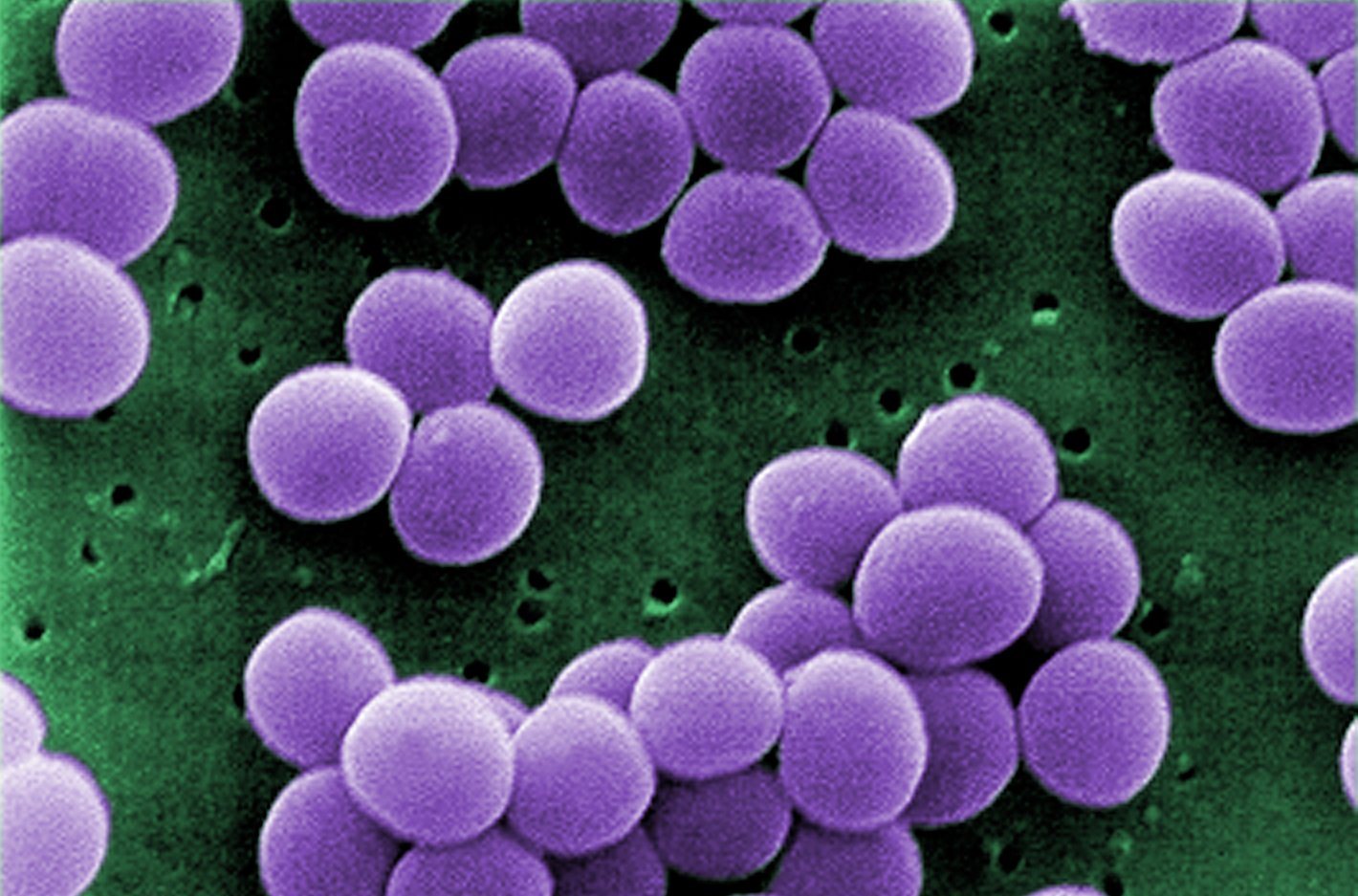Opportunistic pathogens evolve mostly harmlessly in healthy humans
Humans interact with bacteria almost every minute of our lives. Of the millions of these interactions, only a handful result in disease, and some bacteria only cause infections under certain conditions. In a recent PLOS ONE study, researchers probe these healthy human-bacterial relations in one particularly notorious pathogen as it spends the majority of its time in our bodies, doing no harm.
Staphylococcus aureus can cause endocarditis, toxic shock syndrome and other diseases, killing approximately 1 in 100,000 infected people in the US each year. Strains like MRSA have also evolved to carry multiple antibiotic resistance genes, making infections extremely difficult to treat. If human-bacterial interactions are to be described as a ‘genetic arms race’, it may be tempting to cast S. aureus as an enemy that carries every available genetic weapon.
Yet despite a few sporadic skirmishes, the majority of our interactions remain peaceful, as these bacteria thrive in healthy human hosts. In fact, about a third of healthy adults carry S. aureus in our noses at some point in our lives. In the article, researchers analyzed the genetic changes in S. aureus carried in such hosts by sequencing the genomes of 130 strains of S. aureus from the nasal passages of 13 healthy adults, five of whom carried strains of MRSA (which is often harmless when carried nasally). Despite the arms race metaphors, they found that S. aureus strains in healthy hosts are not incessantly beefing up their genetic arsenal of antibiotic resistance or pathogenesis genes.
They found bacterial genomes were changed by processes of ‘micro-mutation’, i.e.: small bits of genetic material being added or removed, or changes in a single letter in the genetic code. Large insertions and deletions (macro-mutation) were also common, as were changes caused by bacteria-infecting viruses or small, independently moving rings of DNA called plasmids. Overall, the constant changes in S. aureus genomes were geared toward keeping bacterial genomes healthy by clearing erroneous or harmful mutations. Only on rare occasions did these bacteria acquire distinctive surface proteins or an enterotoxin that could alter their pathogenic potential. In addition, their research also analyzed changes in specific genes used to assess bacterial diversity and relatedness, and developed a new method to detect transmission of bacterial strains among human carriers. Read the full study to learn more about these interesting results.
Many of the changes identified in this study may not directly increase the virulence of disease-causing S. aureus. However, previous work by these researchers demonstrated that mutations arising in bacteria carried by healthy hosts may play an important role in tipping the balance between human health and disease. Here, the authors begin to paint a picture of what these mutations are and how they may occur.
Citation: Golubchik T, Batty EM, Miller RR, Farr H, Young BC, et al. (2013) Within-Host Evolution of Staphylococcus aureus during Asymptomatic Carriage. PLoS ONE 8(5): e61319. doi:10.1371/journal.pone.0061319
Image: Scanning electron micrograph of S.aureus with increased resistance to vancomycin. Credit CDC/ Matthew J. Arduino, DRPH

